Reviews:
No comments
Related manuals for j160
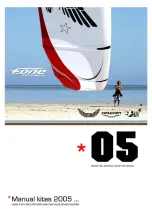
M5
Brand: F-One Pages: 24
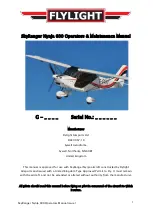
SkyRanger Nynja 600
Brand: Flylight Airsports Pages: 62
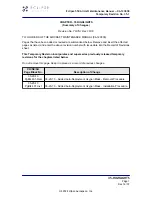
550
Brand: Eclipse Pages: 10
A5
Brand: ICON Pages: 836

Race
Brand: Cabrinha Pages: 37
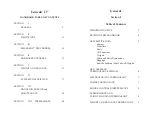
IV
Brand: Lancair Pages: 53

Mystique EFL4905
Brand: E-FLITE Pages: 5
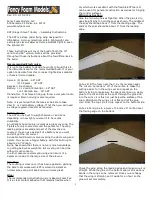
SST
Brand: Fancy Foam Models Pages: 3
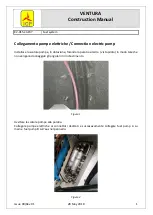
VENTURA
Brand: ICP Pages: 13
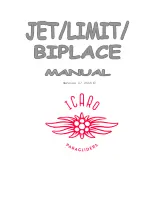
JET
Brand: ICARO Pages: 17
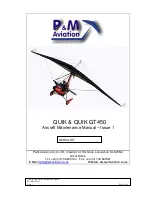
QUIK
Brand: P&M Aviation Pages: 54

RV-12
Brand: Van's Aircraft Pages: 34
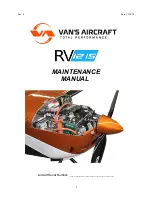
RV 12iS
Brand: Van's Aircraft Pages: 222
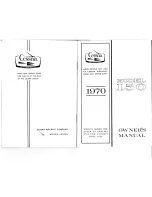
1970 150
Brand: Cessna Pages: 38
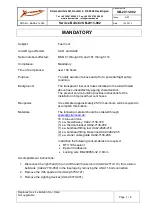
XA41
Brand: XtremeAIR Pages: 8
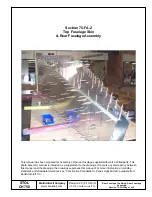
STOL CH750
Brand: Zenith Pages: 9

ALPINA 4
Brand: Ozone Pages: 32
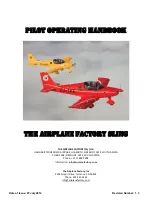
ZU-NRC
Brand: The Airplane Factory, Inc Pages: 166

















